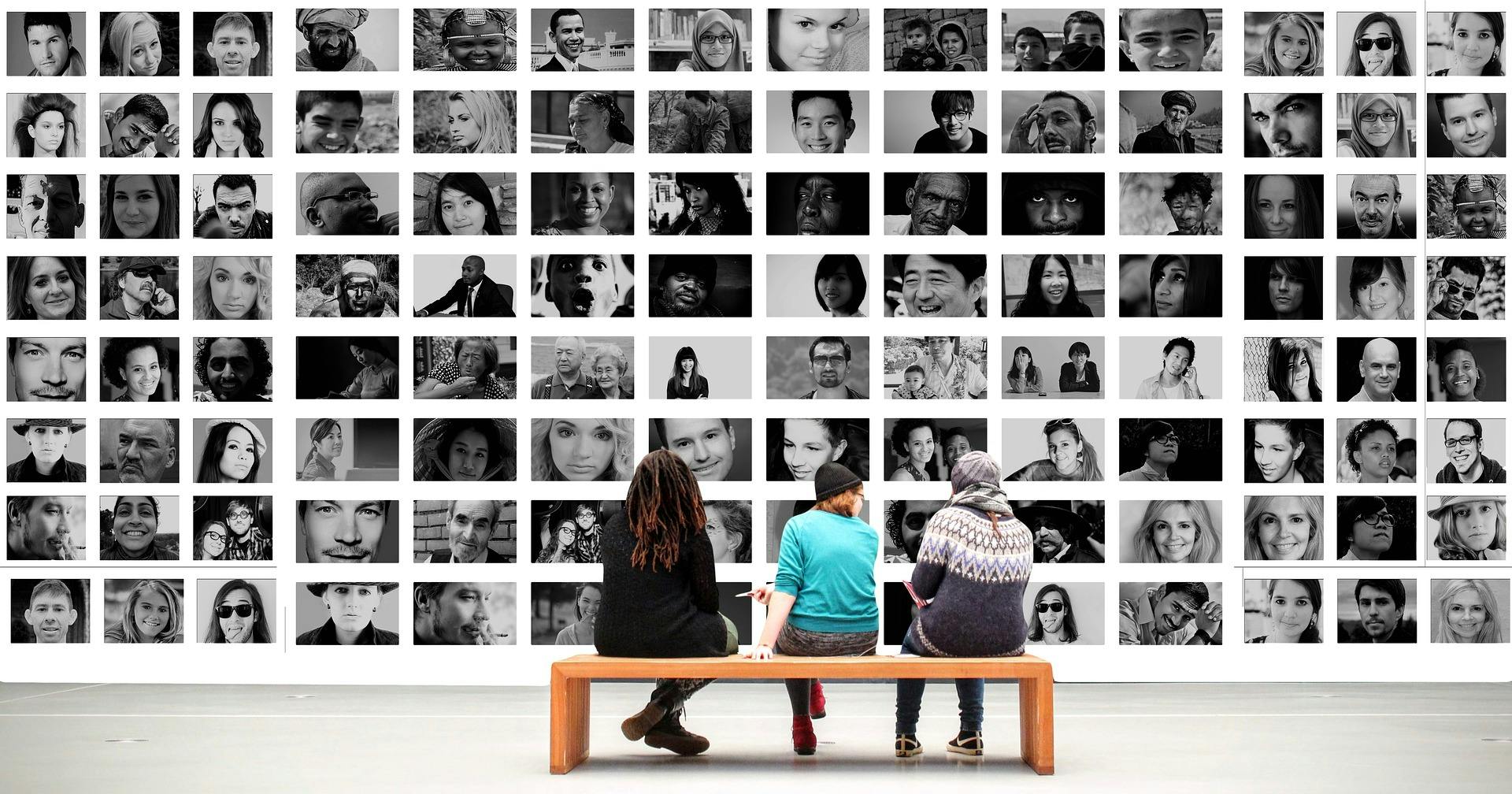Higher Education: Pathos or Logos? The Best Digital Student Recruitment Tools Blend Both

When you’re making a decision that has an important outcome on your future, often the best-suited solution you arrive at is one that honors both your emotions and logical thinking. This is true for students thinking of applying or attending your higher education institution. With accurate and adjustable tools, you can stand out and offer the right resources for students to make sound decisions about their academic future.
Exploring Pathos and Logos in the Student Mind
Anyone can be guided by their emotions to make a decision, and though this leads to an immediately gratifying solution, it may not end up being a fully sound decision. In leading with emotions, students might be blind to different opportunities or not quite realize the long-term impacts of their decision.
Related: How to Foster Authentic Personalization in Student Recruitment
However, a student that is only driven by logic and factors in what makes sense in terms of their academic goals might end up feeling miserable from not considering what facilitates their enjoyment and contentment with their higher education experience.
Putting these two together is important, as it offers the best guide to a sound decision where emotional needs and objective goals are met. As a recruiter, having tools that allow you to showcase information and resources that help students consider all the factors that matter to them, subjectively and objectively, can provide a sense of trust in their decision of picking your institution.
Connecting Authentically or Not at All
Being able to connect with potential students in a way that leaves them feeling respected, heard and considered is the first step in their decision to continue engagement with your institution. If they feel like the higher ed institution they’ve chosen is just telling them what they want to hear or that they are being deliberately guided toward selecting your institution, it’s not likely that they’ll want to continue pursuing their application with you.
Related: The Gen Z Journey to Higher Education
The challenge of connecting authentically with every student can come at quite a cost. It can be very resource-intensive to make sure that each student is matched with a student ambassador, who has been trained and has the time to respond regularly. In some cases, this might not be feasible without considerable resources at your disposal; however, Unibuddy’s ability to scale means that you don’t need to lose the authenticity of having peer-to-peer connections. Instead, solutions like Unibuddy Community can offer more connections with other peers who may also have the same questions. This community (or communities) can be more easily managed by a student ambassador, advisor or recruiter, and doesn’t require much more than inviting a student to the chats relevant to them.
The Right Blend of Pathos and Logos
The kind of connection in a peer community or chat is one that is inherently honest. Incoming students are hearing advice from people who were just in their situation and they can have a detailed and truthful look at the challenges and successes that are coming their way. In this modality, students can feel like the exchange between peers is authentic, and not an experience being sold to them by others who may not have current and accurate knowledge, even if they have students’ interests at heart.
Giving students the ability to connect with peers is an ideal way to foster authenticity and engagement, but how does it look when paired with logos? Older students are intimately familiar with the interests and concerns of newer students, being that they likely had a similar experience when it was their turn. The information that a student can provide, from their perspective, can be more helpful in the decision-making process.
Related: How Better Student Retention Starts with Enabling Student Intention
Webpages that explain what departments are doing, what events clubs are having, and even how to tackle processes in registering as a student can be impersonal or not give the full picture. Meanwhile, a current student, who has walked in their shoes, can better guide an incoming student with tips and tricks that make their experience smoother. Unlocking this potential in your current students in order to better engage new students is something that we facilitate on the Unibuddy Chat and Unibuddy Community platforms.
Incorporating Digital Brand into the Community Experience
Building a digital brand that associates your institution with a good educational experience helps students in deciding what they want out of their education and academic journey. When a potential student thinks of your institution, you want the thoughts to be positive and about the support and success they can earn while attending.
Related: The recruitment conundrum: How to scale higher ed culture to your growing digital brand
Creating this association is no small task though and can require many smaller steps that add up to positive thoughts when all the pieces of your brand and college experience are considered. One such piece is adding our platforms, branded with your brand imagery, to engage your students authentically, so they can walk away with their own conclusions about your institution–namely, that there is a community that welcomes them, cares about supporting them, and can assist them in reaching their academic goals.
Sign up for the latest news and events
More posts like this

The recruitment conundrum: How to scale higher ed culture to your growing digital brand
4th Nov 2022

How to Foster Authentic Personalization in Student Recruitment
11th Nov 2022

How Better Student Retention Starts With Enabling Student Intention
9th Nov 2022